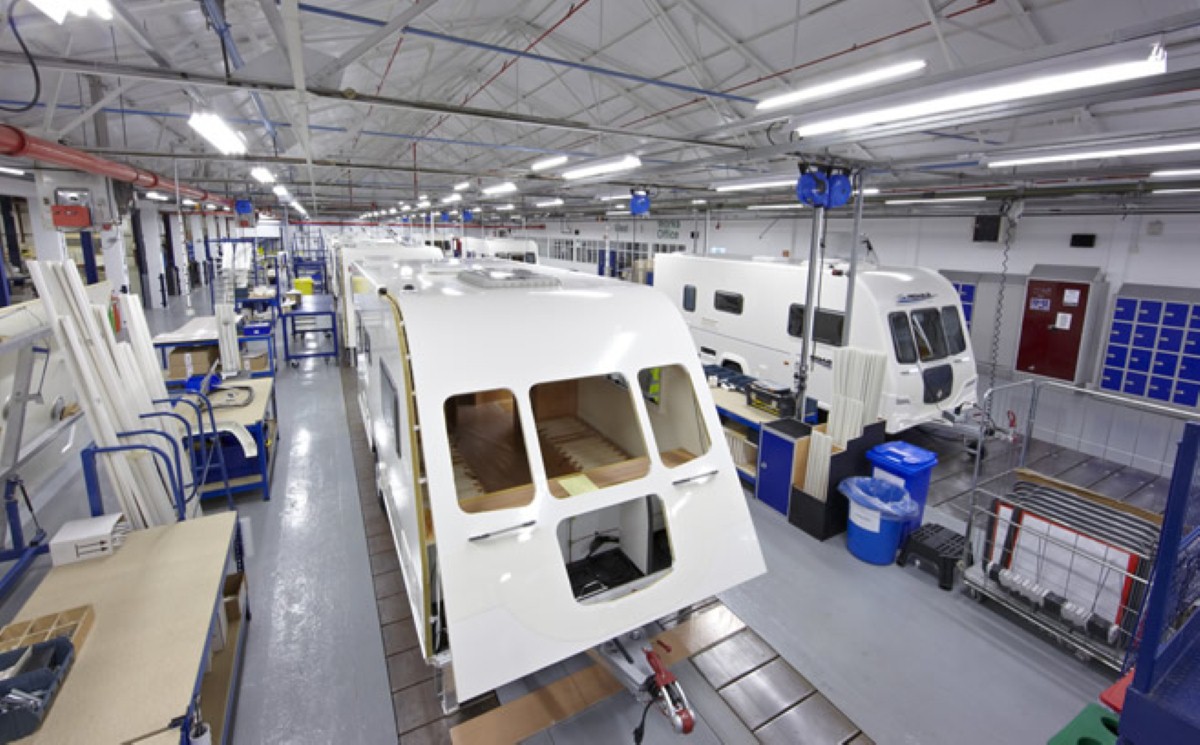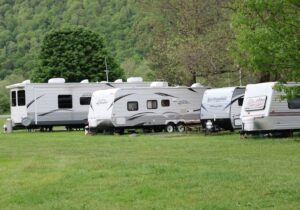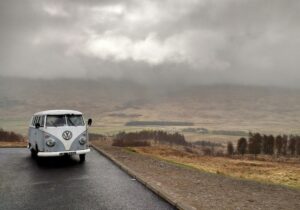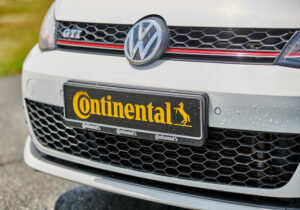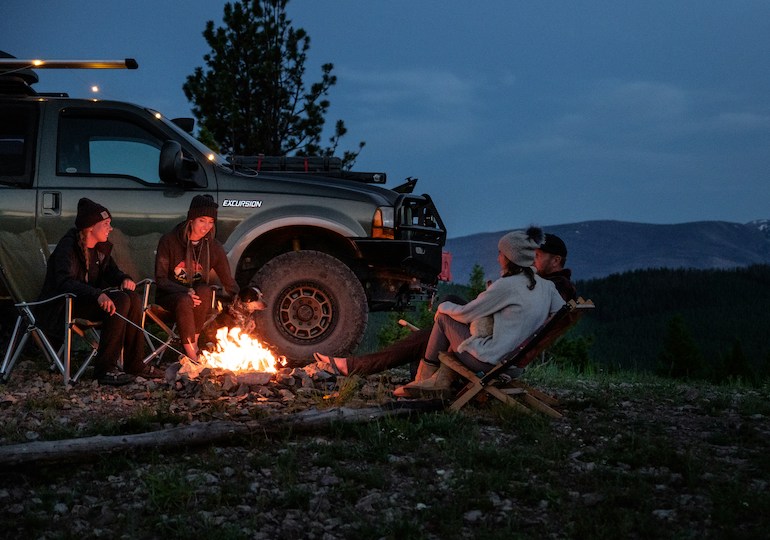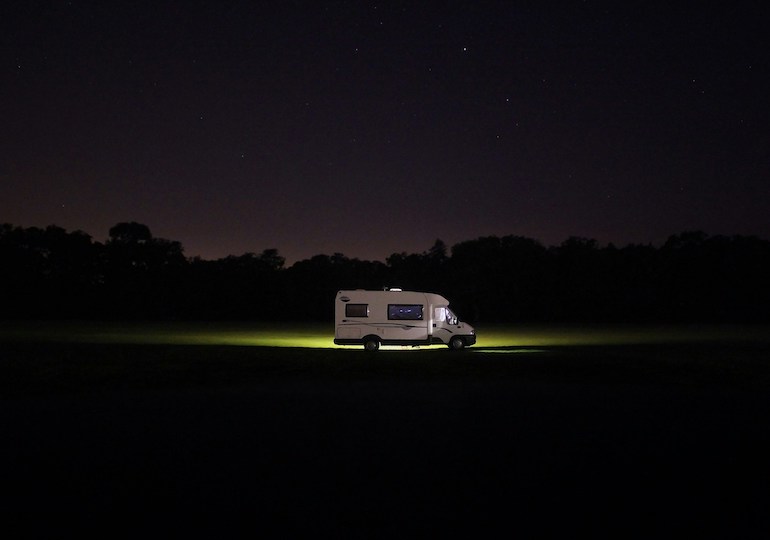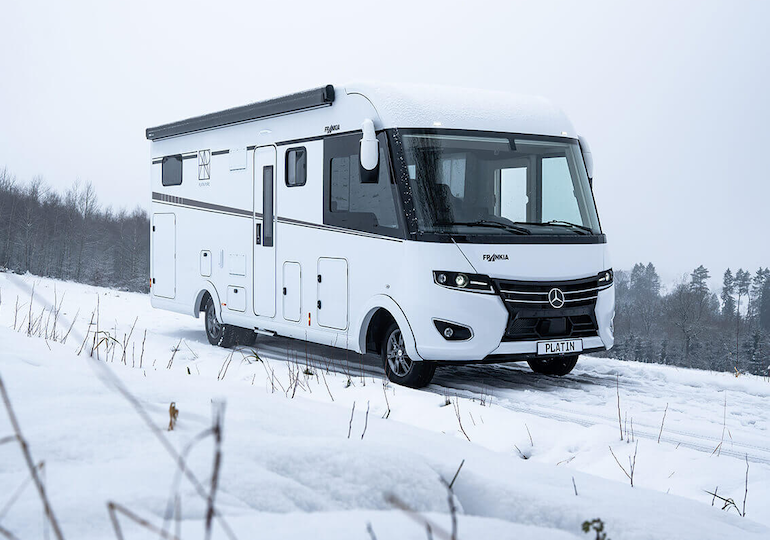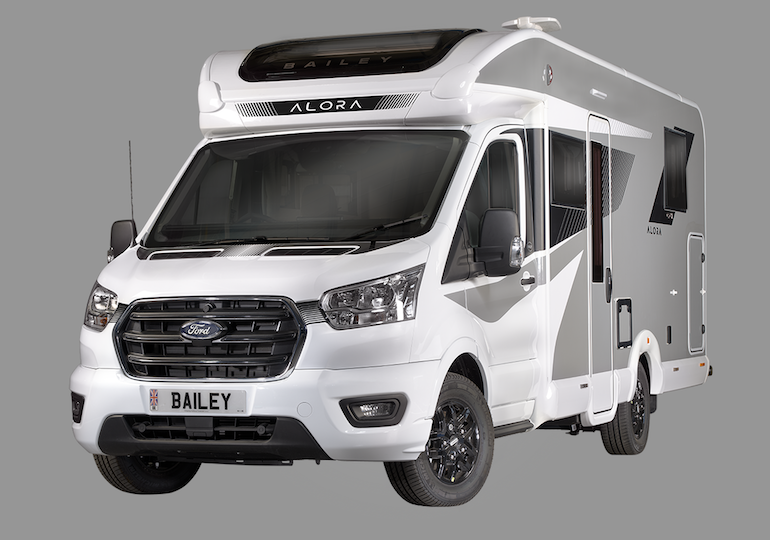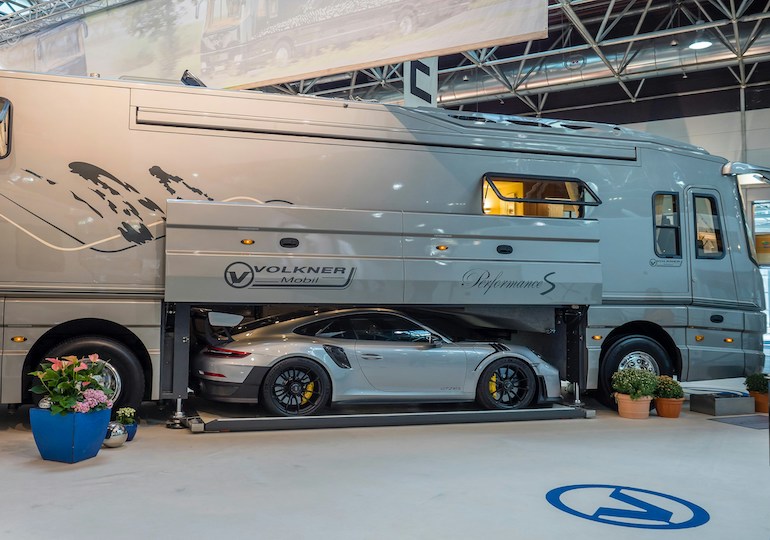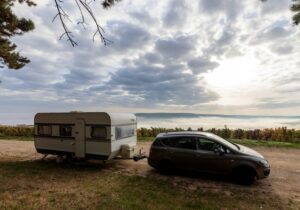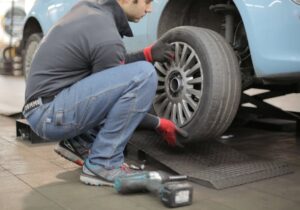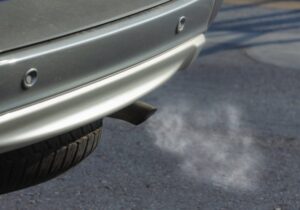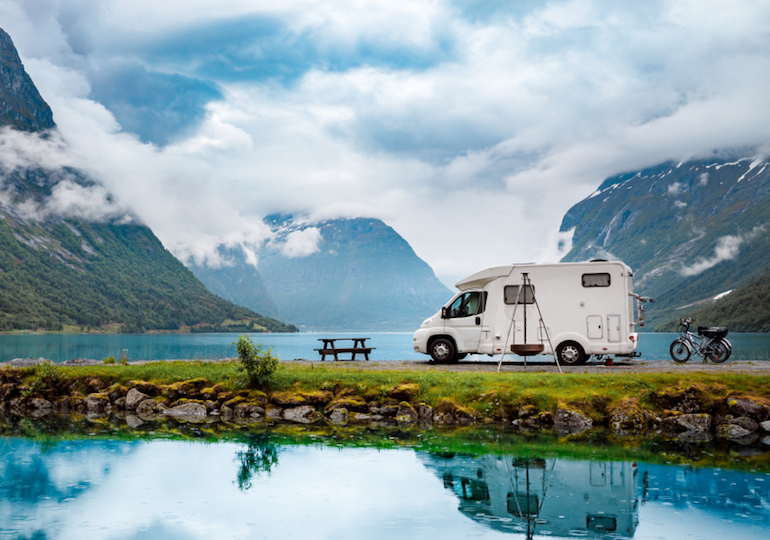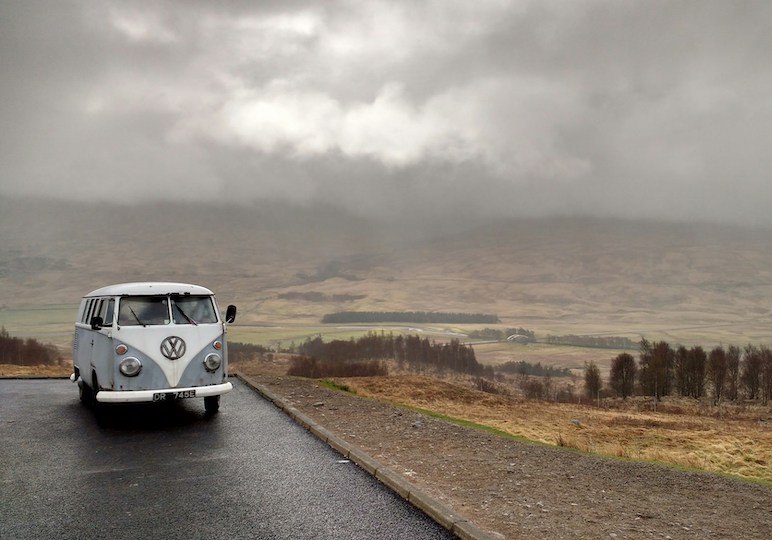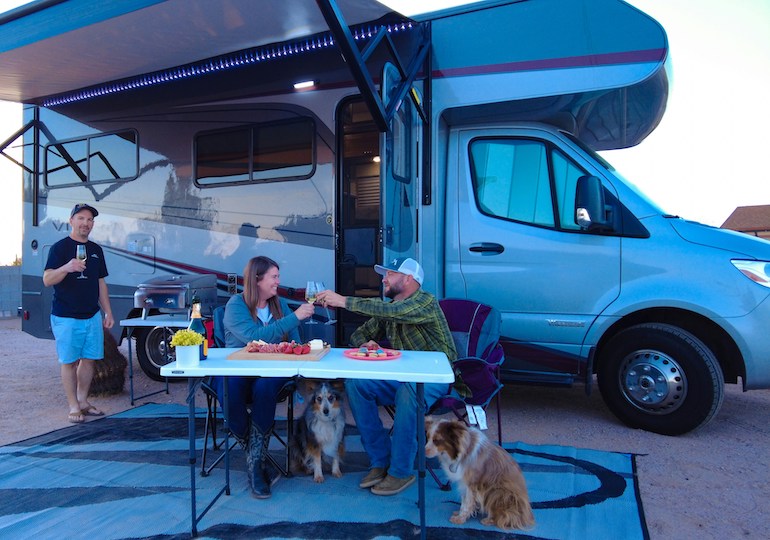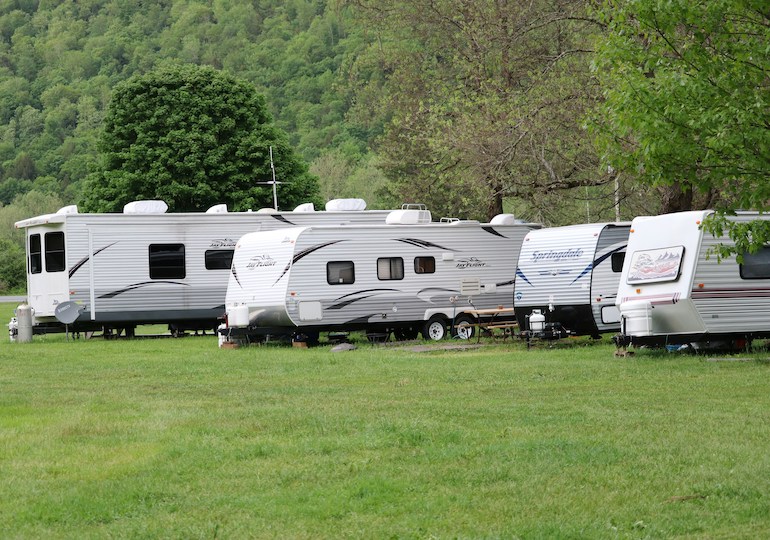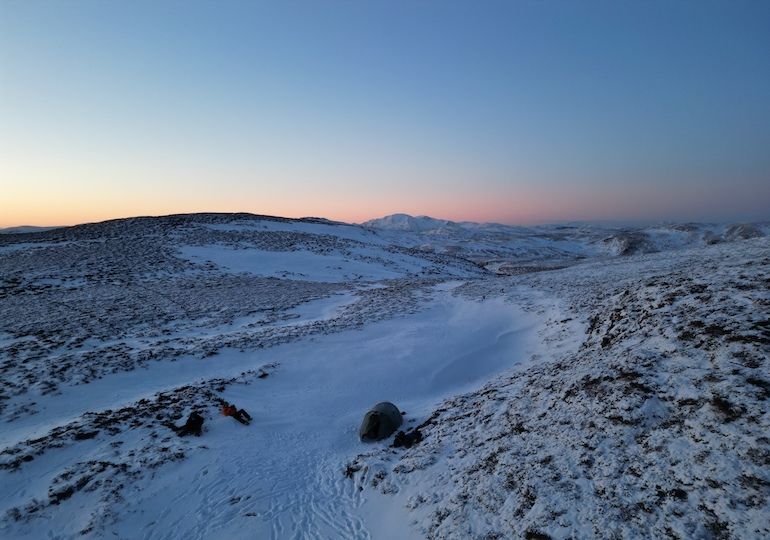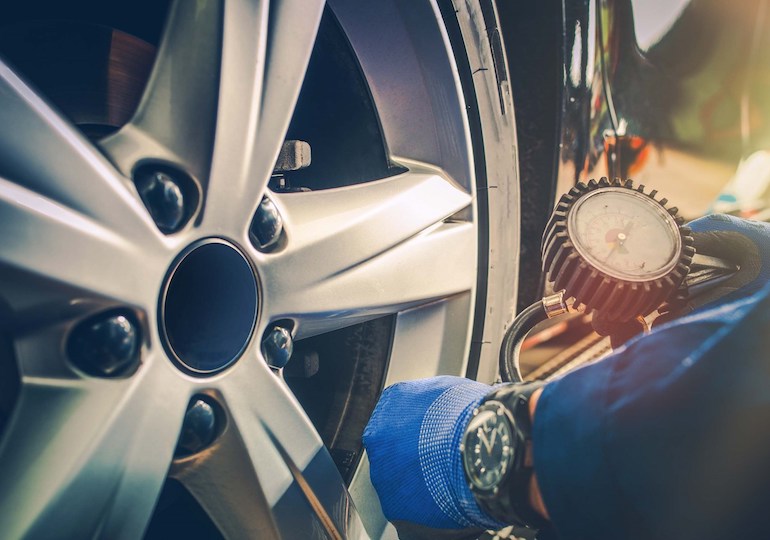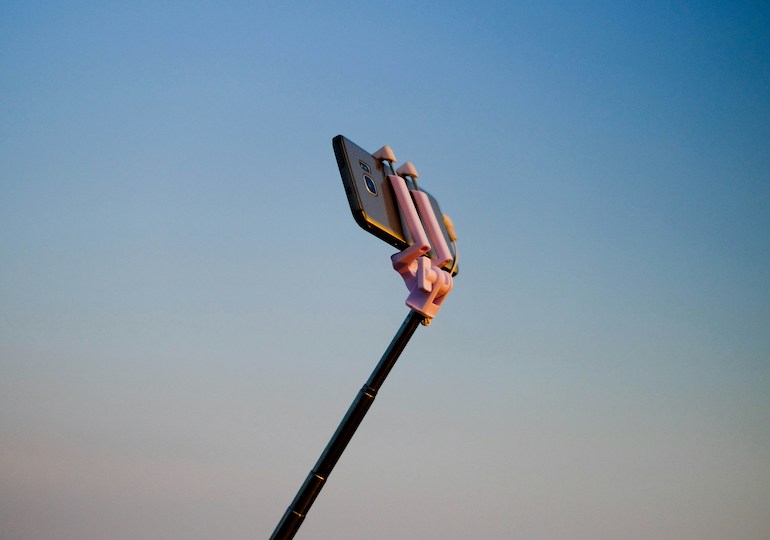by Kean Tahghighi-Everitt
Regardless of your chosen caravan manufacturer, construction methods have changed unrecognisably over the last decade. Early adopters, Bailey of Bristol, were the first to change their construction with the introduction of Alu-Tech, but each of the manufacturers have done things in there own way. Below we have provided you with a quick synopsis of how all the main manufacturers make their caravans.
It could be argued that the birth of Alu-Tech construction was a crucial turning point in the process of building a caravan. The Alu-Tech process means that the individual body shell components contribute to the whole strength of the structure rather than the components having to rely only on the floor and chassis. In moving forward with this innovation, Bailey aimed to reduce water ingress and weight, whilst increasing durability and aerodynamics of their caravans. Pictures from the launch of Alu-Tech show a Volvo sitting on a new Alu-Tech caravan.
Coachman released ABC or the Advanced Bonded Construction technique in 2015. ABC is designed to “virtually eliminate the threat of water ingress” through using Bonding rather than screwing to hold the caravan together. Whilst 2015 seems late compared to other manufactures Coachman were one of the first companies to adopt the bonded construction technique and have been bonding parts of their caravans for many years. As well as reduction of water ingress ABC allows coachman to look at new ways of reducing the mass of their caravans. By replacing timber with lighter but stronger polyurethane materials and by removing screw fixings from the outside of their caravans ABC is coachman’s way forward.
Elddis’s now famous SoLiD construction stands for Strong, Light and Dry. The Durham-based constructor, introduced the “first and only fully-bonded construction system” for caravans. Their caravans are stronger because they spread the stress evenly. The fully bonded construction makes for stronger but lighter vehicles. They have over 95 per cent fewer exterior screws to create a barrier against water ingress. A big selling point for Elddis is the fact that this construction system is used on Formula 1 cars, super yachts and the wings of aeroplanes. Elddis released SoLiD across all models at the same time so any Elddis built after 2013 will be bonded.
Smart was launched by the Swift Group in 2012. Different to other manufacturers, the Swift Group introduced Smart system in different stages to different products in both caravans and motorhomes. Swift kept refining this construction mechanism, and by 2017 all Swift coach-built motorhomes and caravans were made with Smart+ technology and some premium products in both caravans and motorhomes had Smart HT. This may seem complicated, but actually the two construction methods are virtually identical with Smart+ being built in the same way as Smart HT, the main difference being the fact that Smart HT uses better or more expensive materials in the premium ranges. The whole idea of Smart is it utilises GRP to the maximum, i.e. the outer and inner walls of all the panels are GRP sandwiching a thermal material -i.e. polystyrene and polyurethane, which is similar to Coachman, who also use polyurethane blocks. This combined with the aluminium frame removes timber from the structure of the vehicle making it stronger and more resistant to water. Swift is also focused on making their caravans more aerodynamic by changing the design so that air glides over the body, reducing drag.
While the other manufacturers we have discussed have been focusing more on reinventing the game and focusing on new technologies, Lunar has stuck to the more traditional methods of caravan construction. Opposed to most of the other major manufacturers, Lunar still uses wood. Obeche Wood is very lightweight and produces beautiful natural results. This results in caravans that are easier to tow and more economic in terms of fuel.
The Adria vehicles with ‘Comprex’ which combines the “torsional strength of wood, the durability of polyurethane and the moisture stopping properties of polyester”. Adria’s ‘i-shaped’ exterior means they have a great shape for airflow to reduce drag.
All these companies have been trying to fight the problem of water ingress, which is when water begins to leak through your car or caravan due to gaps in the construction of the vehicle. The reason that many of these companies have been trying to get rid of wood from the caravan build is because wood needs to be connected via screws which means there will be gaps for water ingress to occur. So the companies need to be reducing the possibility of this because no one wants to spend tens of thousands of pounds on a caravan or motorhome, only for it to start leaking and become damaged. And if it does happen, it reduces the level of trust customers have in your company.
It is undeniable that over the last ten years the construction of caravans has changed drastically, and the attitudes and adaptations of the major manufacturers reflects this. Some companies have welcomed the change in technology and embraced it by completely changing their design and construction process, whereas some have tried to stick by the traditional methods and change them so that they are more effective but still keep the core principles.
So, the question is, do you believe that the traditional process still reigns victorious or do you think that the change over the past ten years paves the way for the future of caravanning, a future which includes better, lighter and more luxurious caravans? Please share and discuss your thoughts below!

